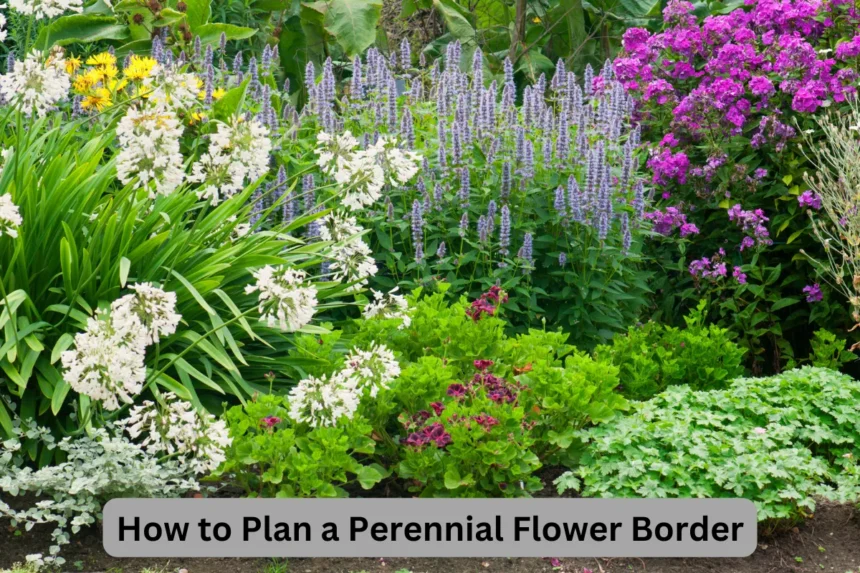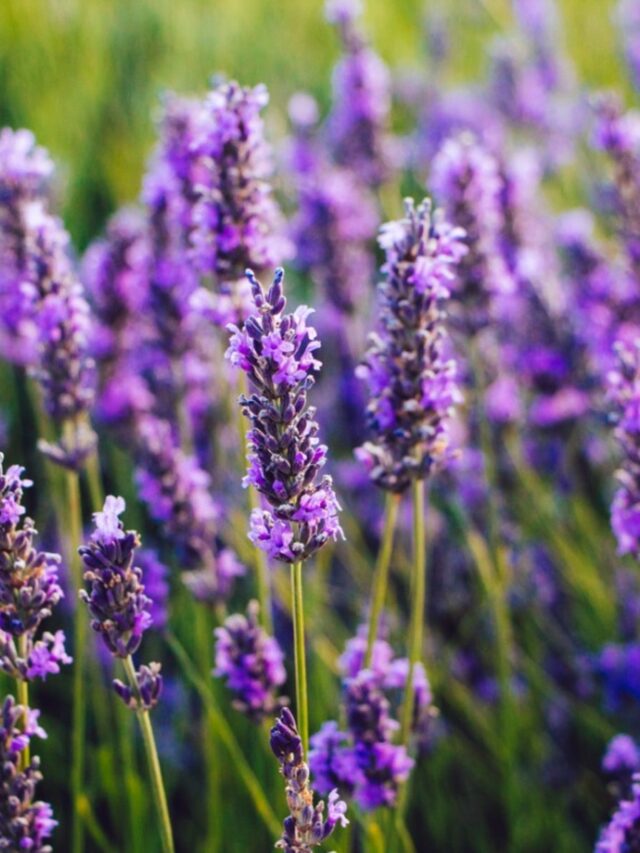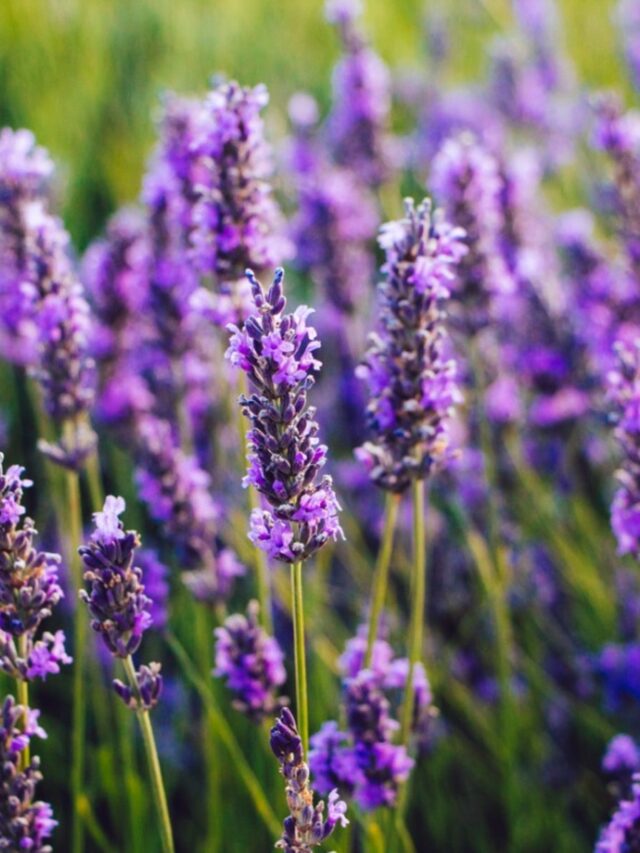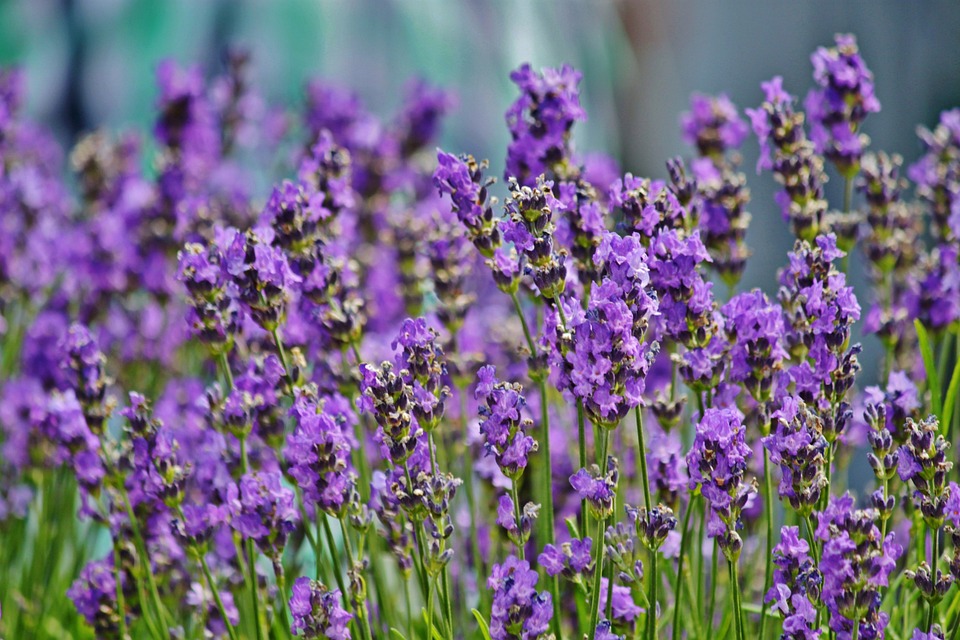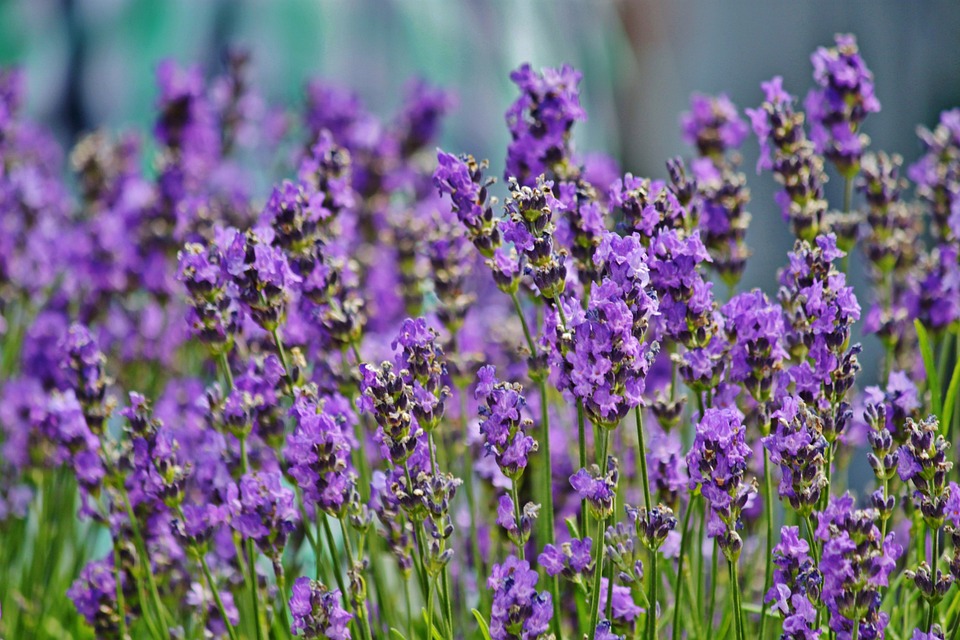Creating a perennial flower border can transform your garden into a vibrant tapestry of colors and textures that return year after year.
Unlike annuals, which require replanting each season, perennials offer longevity and resilience, making
them a popular choice among gardeners seeking sustainable and visually appealing landscapes.
Whether you’re a novice gardener or an experienced enthusiast looking to refresh your garden design,
planning a perennial flower border involves careful consideration of factors such as plant selection, layout, maintenance, and aesthetic harmony.
Here’s a comprehensive guide to help you create a stunning perennial flower border that thrives throughout the seasons.
Assess Your Garden Space
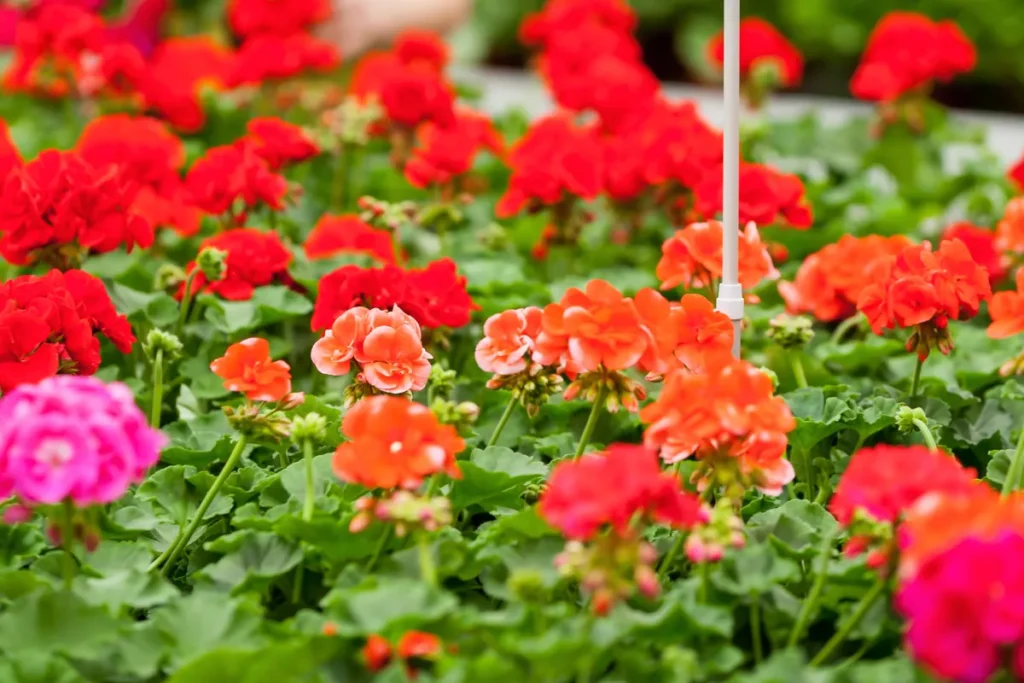
Before diving into plant selections and layouts, take stock of your garden space. Consider the following:
Sunlight: Determine the amount of sunlight your border will receive throughout the day. This will help you choose plants that thrive in full sun, partial shade, or full shade.
Soil Type: Understand your soil type (e.g., sandy, clay, loamy) and its drainage capabilities. Some perennials prefer well-drained soil, while others thrive in moisture-retentive conditions.
Space and Size: Measure the dimensions of your border area. This will guide you in selecting appropriate plants and determining the overall layout.
Selecting Perennials
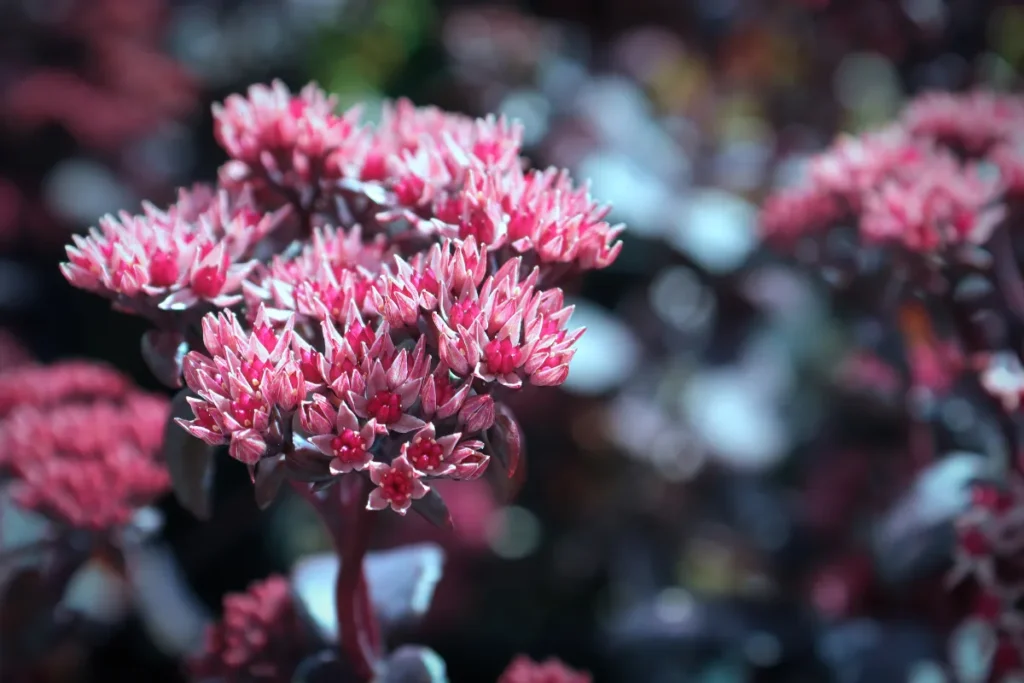
Choosing the right perennials is crucial for a successful flower border. Consider the following factors when selecting plants:
Blooming Period: Select a mix of plants that bloom at different times of the year to ensure continuous color throughout the seasons.
Height and Growth Habit: Plan for a variety of heights and growth habits (e.g., tall spikes, mounding forms) to create visual interest and balance in your border.
Color Palette: Decide on a color scheme that complements your garden’s overall aesthetic. You can choose harmonious colors for a soothing effect or contrasting colors for a more dynamic display.
Native and Climate Suitability: Opt for perennials that are well-suited to your climate and local growing conditions. Native plants often require less maintenance and are more resilient to local pests and diseases.
Designing Your Border

Once you’ve chosen your plants, it’s time to design your perennial border:
Layout: Sketch out a rough plan for your border, considering the height, spread, and spacing requirements of each plant. Group plants with similar water and sunlight needs together.
Layering: Create depth and dimension by layering plants according to their height. Place taller plants towards the back of the border and shorter ones towards the front.
Focal Points: Introduce focal points such as ornamental grasses, shrubs, or taller perennials to anchor the border and provide structure.
Seasonal Interest: Incorporate plants with attractive foliage or seed heads to ensure your border looks appealing even when not in bloom.
Planting and Maintenance

Preparing the Soil: Ensure the soil is well-prepared by incorporating organic matter such as compost. This improves soil structure and provides essential nutrients for plant growth.
Planting Technique: Follow planting guidelines for each perennial, considering depth and spacing requirements. Water thoroughly after planting to help plants establish roots.
Mulching: Apply a layer of mulch around plants to retain soil moisture, suppress weeds, and regulate soil temperature.
Watering and Feeding: Monitor soil moisture levels and water perennials regularly, especially during dry spells. Feed plants with a balanced fertilizer according to their specific needs.
Maintenance: Deadhead spent flowers to encourage continuous blooming. Divide overcrowded perennials every few years to maintain vigor and prevent overcrowding.
Long-term Care and Enjoyment
Creating a perennial flower border is a rewarding endeavor that evolves over time. As your plants mature, monitor their growth and adapt maintenance practices accordingly:
Seasonal Pruning: Prune back perennials in late fall or early spring to promote healthy growth and maintain shape.
Weed Control: Stay vigilant against weeds to prevent competition for nutrients and water. Regular weeding is essential, especially in the early stages of your border’s development.
Pest and Disease Management: Keep an eye out for signs of pests or diseases and take prompt action to minimize damage. Healthy, well-maintained plants are less susceptible to problems.
Enjoy the Fruits of Your Labor: Take time to appreciate the beauty of your perennial flower border throughout the seasons. Experiment with different combinations and adjustments to fine-tune your garden over time.
Planning and planting a perennial flower border requires patience, creativity, and attention to detail.
By carefully selecting plants, designing an attractive layout, and providing proper care, you can create a captivating garden feature that brings joy and beauty year after year.
Whether you prefer a cottage garden style bursting with blooms or a modern, structured design, the possibilities for creating a stunning perennial flower border are endless.
Embrace the process, experiment with different plant combinations, and watch as your garden flourishes into a colorful oasis that enhances your outdoor living space.

